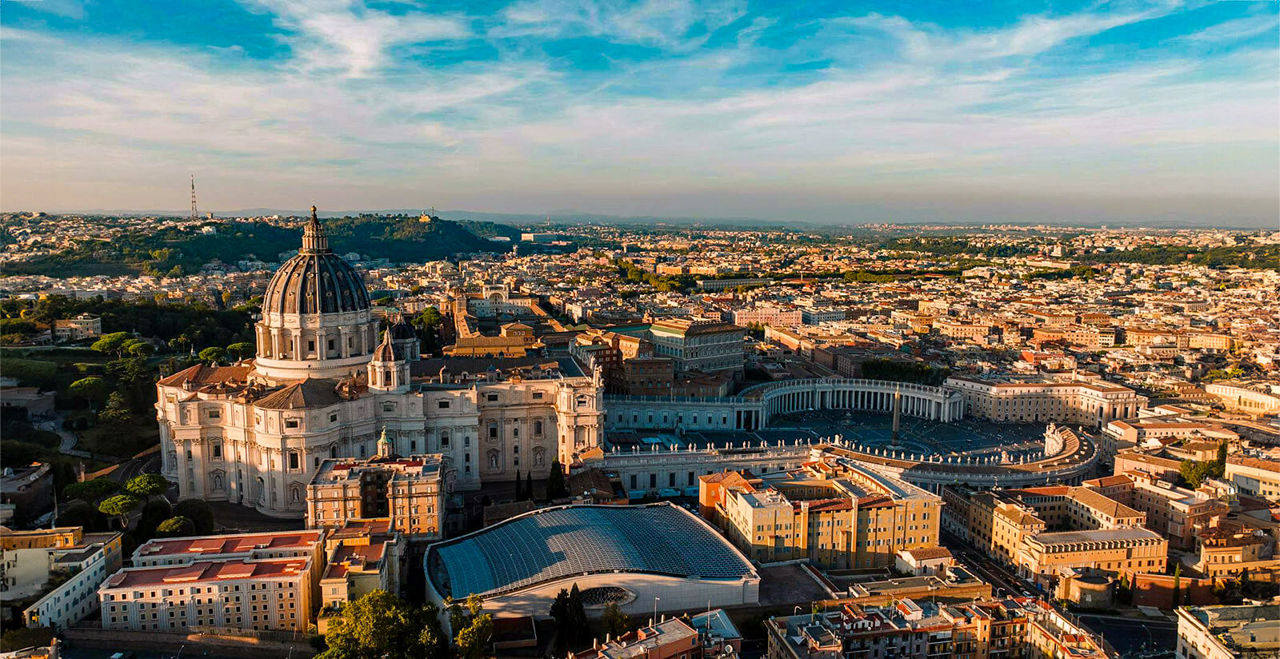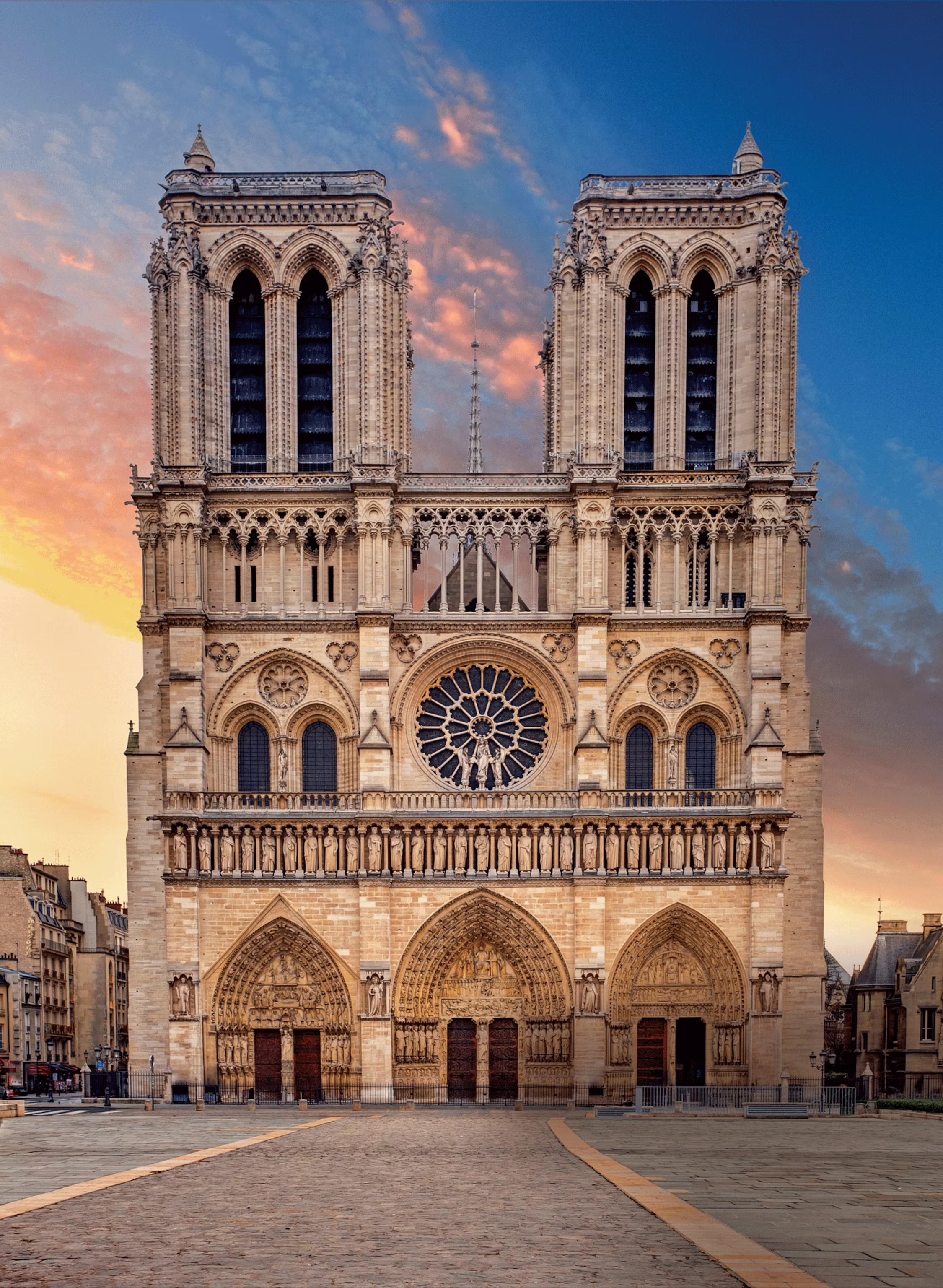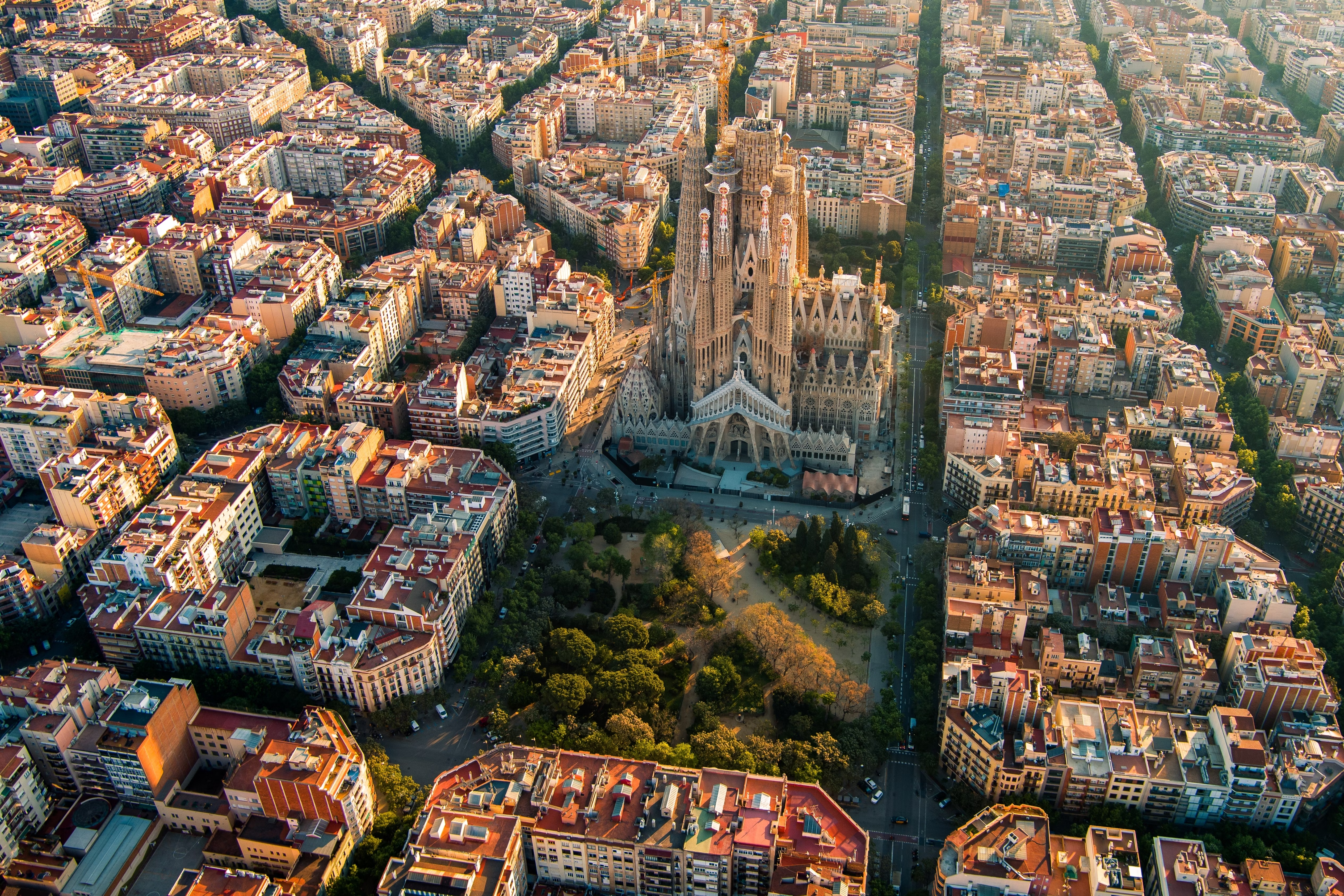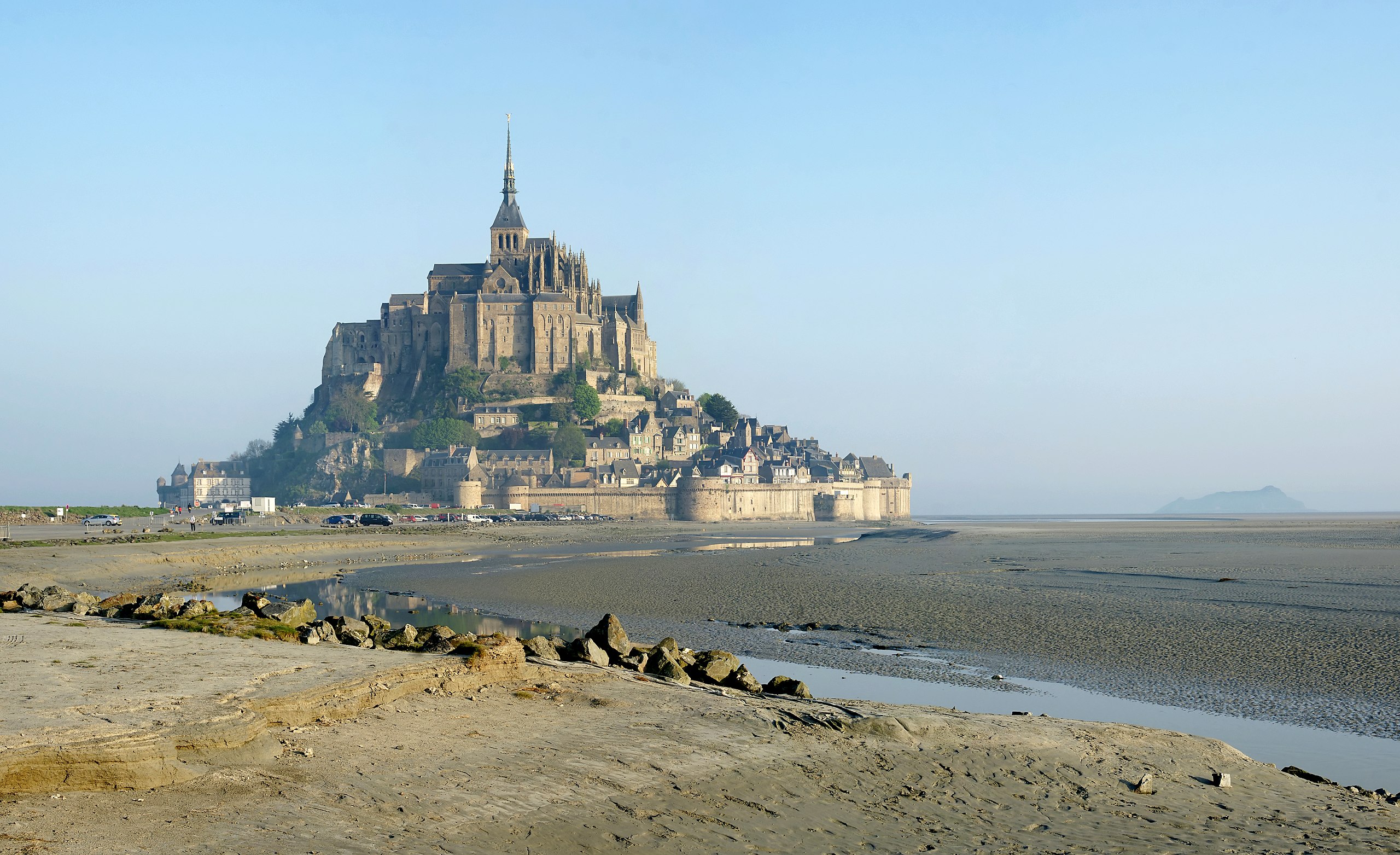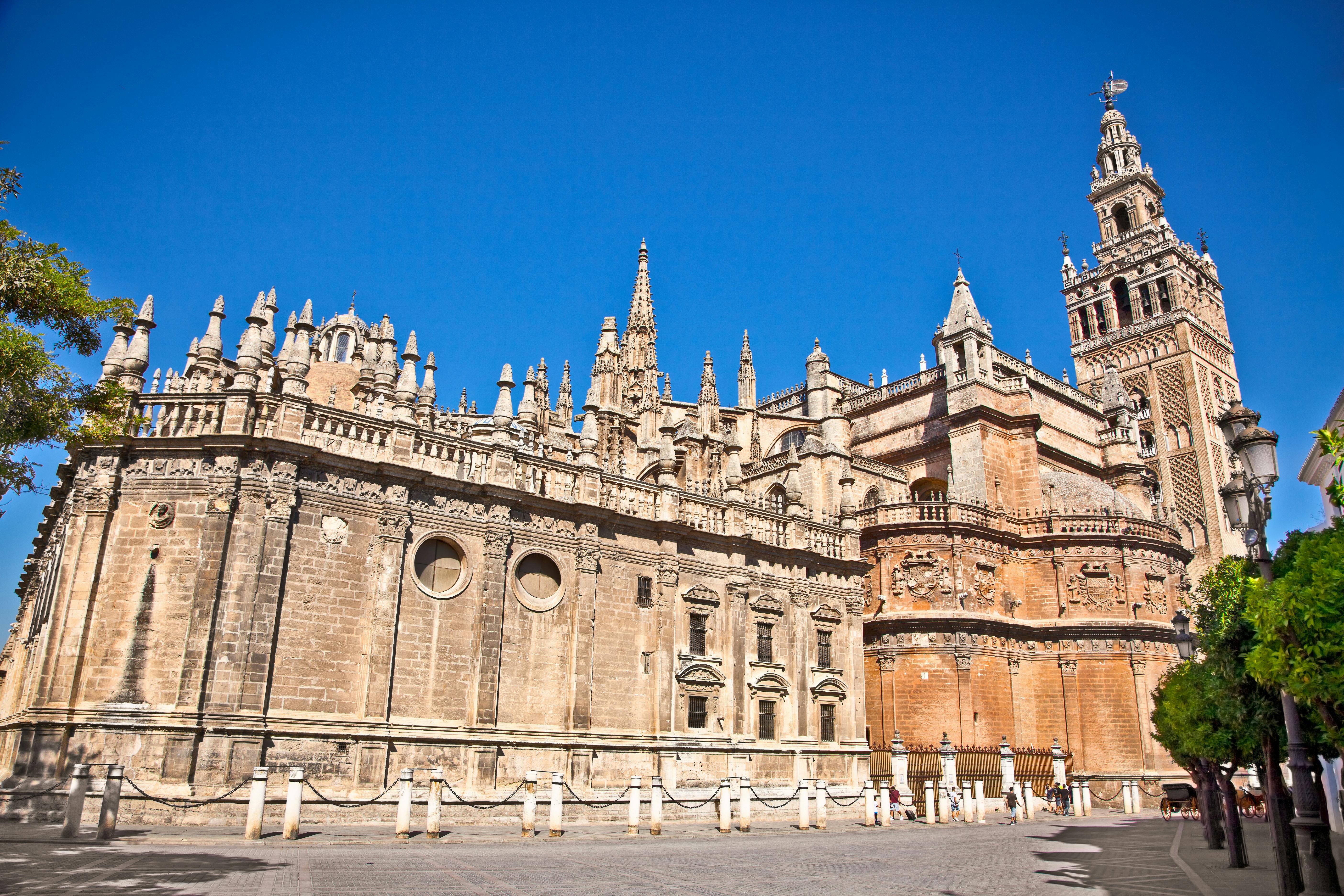
Seville Cathedral
The largest Gothic cathedral in the world and a UNESCO World Heritage site. Built on the site of a former mosque, it retains the Giralda, the minaret converted into a bell tower. The cathedral houses the tomb of Christopher Columbus and features an impressive collection of religious art and treasures.
Historical Context
Seville Cathedral was constructed during the gothic period, specifically between 1401-1528. This era was characterized by significant developments in architectural techniques and religious expression.
The construction was commissioned by the local bishop and diocese and took place during a time of growing urban populations and increasing religious devotion. The building has survived through centuries of history, witnessing the Reconquista, Spanish Civil War, and modern tourism.
Over the centuries, Seville Cathedral has undergone several renovations and restorations, each adding to its historical significance while preserving its original character and purpose.
